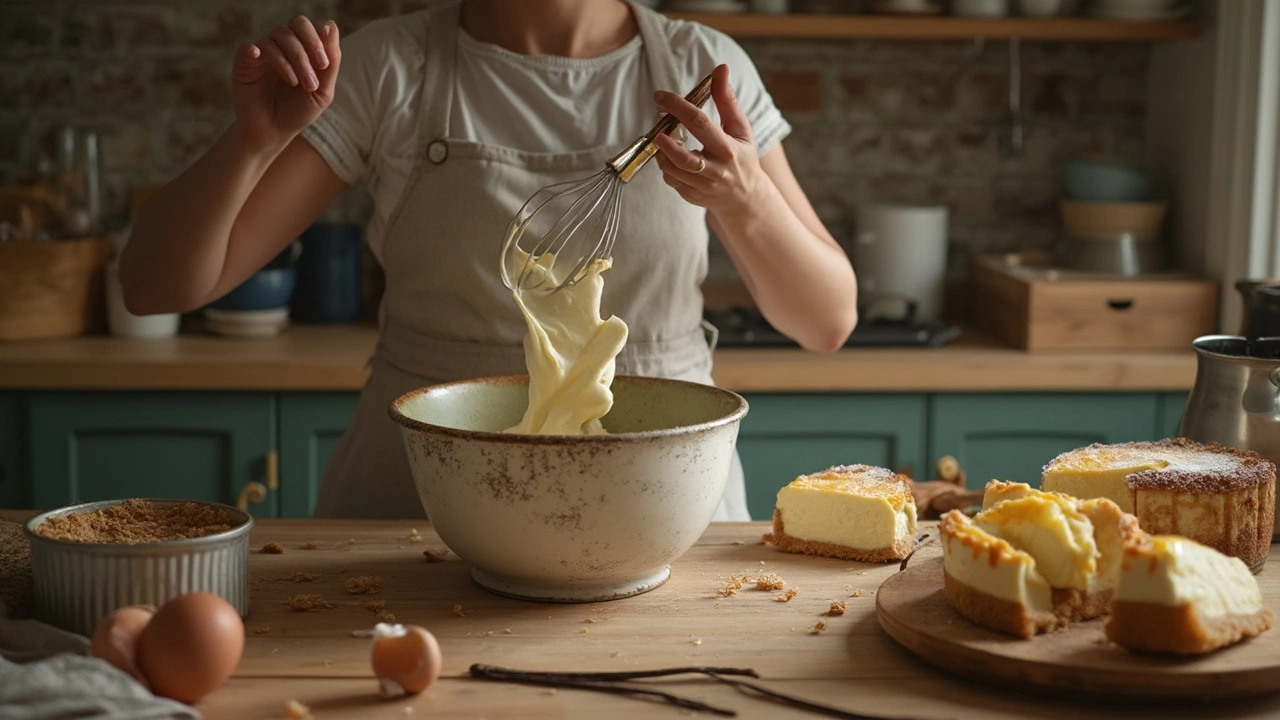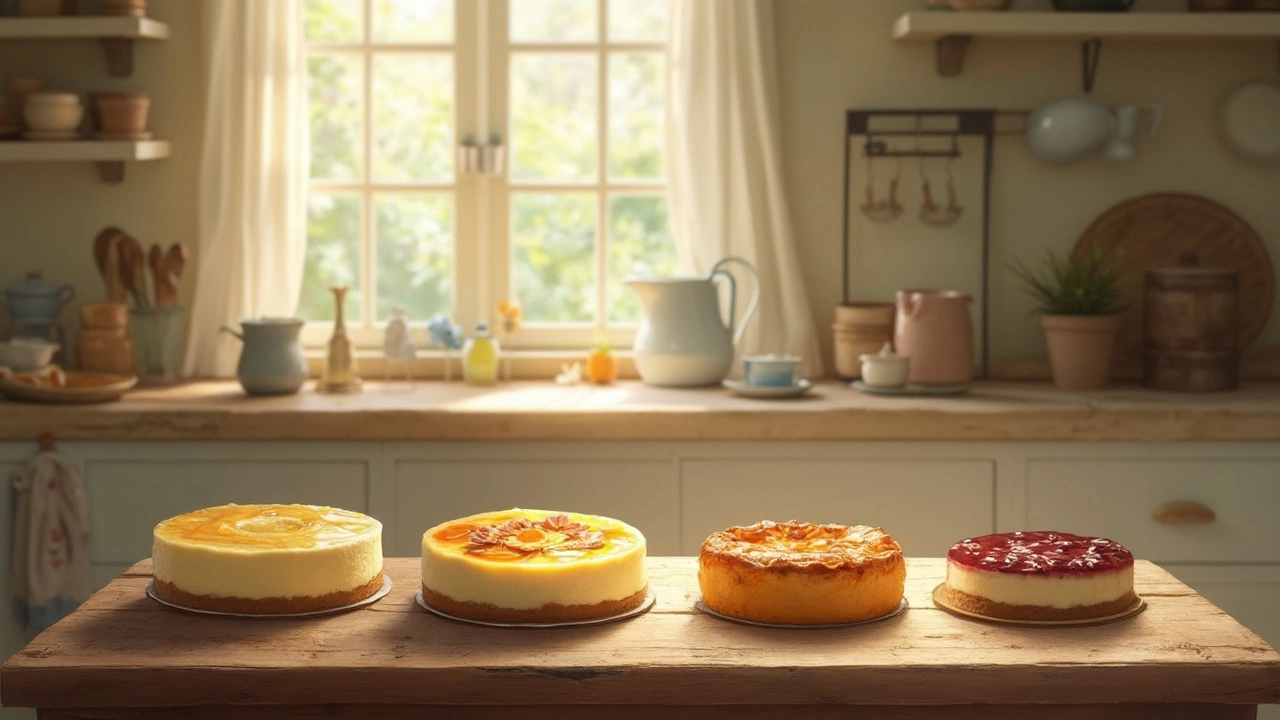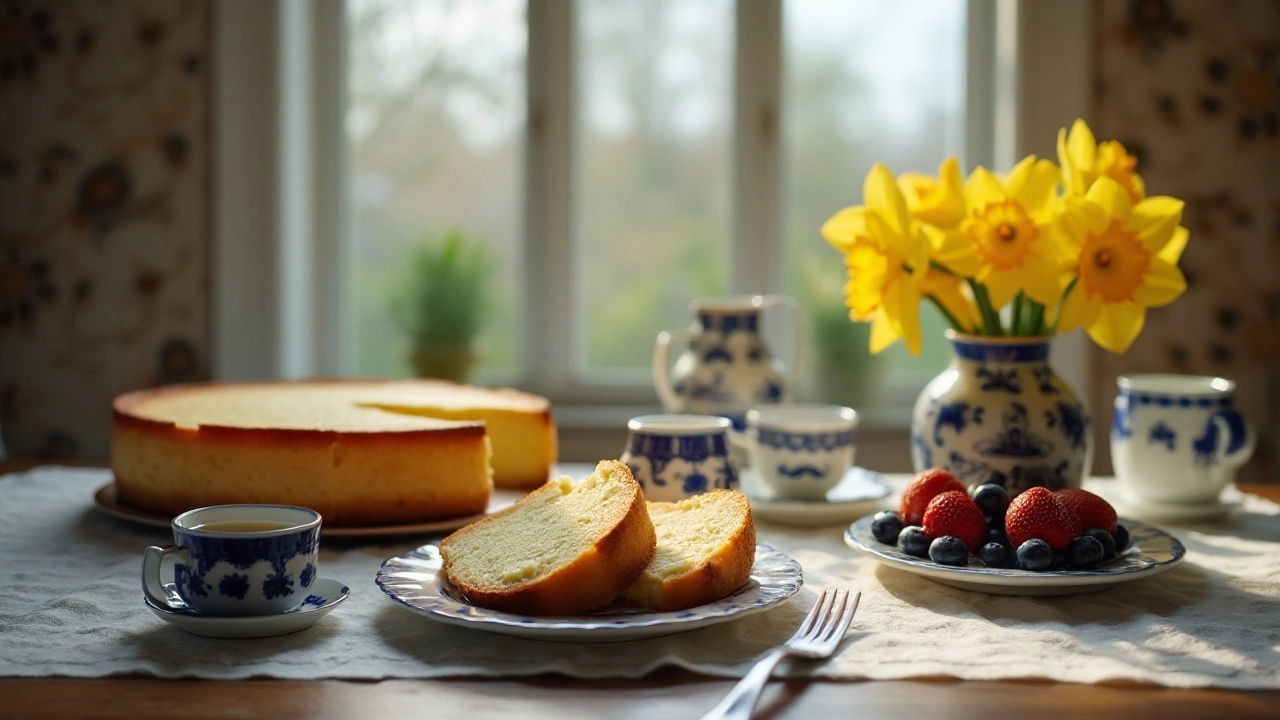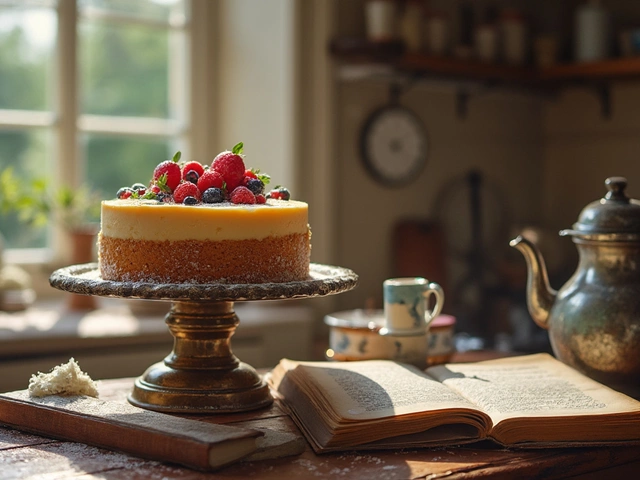Cheesecake Recipes: Simple Steps for a Creamy Slice
If you’ve ever wondered why cheesecake feels so indulgent, the answer is simple: the right mix of ingredients and a few smart techniques. Below you’ll find everything you need to whip up classic, no‑bake, and flavored cheesecakes without hassle.
Essentials: Crust, Cream Cheese, and Sweeteners
Start with a sturdy crust. Crushed biscuits (graham crackers, digestive biscuits, or Oreo crumbs) mixed with melted butter and a pinch of sugar give a buttery base that holds up when you slice. Press the mixture into a springform pan and chill for at least 10 minutes so it sets.
The heart of any cheesecake is the cream cheese. Use full‑fat, room‑temperature cream cheese for a smooth texture; cold cheese will create lumps. Beat it with a hand mixer until it’s light and fluffy, then add sugar, a splash of vanilla, and a tablespoon of lemon juice for brightness.
Eggs are the binding agent, but too many can make the cake tough. Most recipes call for 2‑3 large eggs, added one at a time. The key is not to over‑mix once the eggs join the batter; a few seconds of low speed is enough.
Baking vs. No‑Bake: Choosing Your Method
For a classic baked cheesecake, preheat the oven to 325°F (160°C). Place the pan in a water bath – this gentle heat prevents cracks and keeps the centre creamy. Bake for 45‑55 minutes until the edges are set but the centre still jiggles slightly. Turn off the oven, crack the door, and let the cheesecake cool inside for an hour. This slow cooling stops sudden temperature changes that cause cracks.
If you’re short on time or hate hot ovens, go no‑bake. Combine cream cheese, condensed milk, and lemon juice in a bowl, then fold in whipped cream. Pour over the chilled crust and refrigerate for at least 4 hours. The result is airy, lighter, and perfect for summer gatherings.
Flavor boosters are easy. Swirl in fruit purées, fold in chocolate chips, or drizzle caramel on top. For a tangy twist, mix in a spoonful of ricotta or Greek yogurt. Just remember to adjust sweetness if you add a sweet fruit.
Storage matters. Keep slices covered in the fridge for up to five days. For longer life, freeze the whole cheesecake—wrap tightly in foil and a freezer bag. Thaw overnight in the fridge before serving.
Common pitfalls? Over‑mixing, high oven temperature, and skipping the water bath are the usual suspects. Also, avoid opening the oven door too often; the sudden drop in heat can cause cracks.
Now you have a solid roadmap for any cheesecake recipe you want to try. Grab your ingredients, follow the steps, and enjoy that velvety bite. Happy baking!












